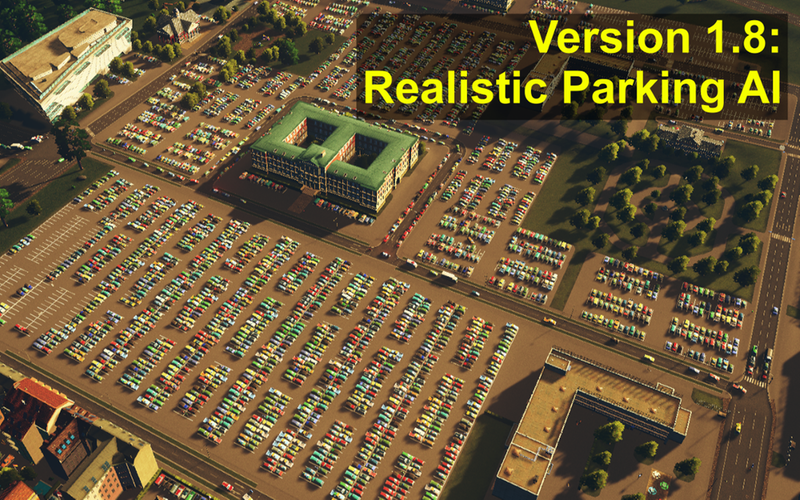

The ‘Sim’ part of SimCity emphasises this core aspect of the genre, the game simulates pressures on urban environments in a pseudo-realistic way to keep players thinking about the multitude of interrelated systems that are required to keep modern society with all its comforts functioning.

If a player lays down residential zones but neglects to incorporate the same kind of amenities we expect in the real world like public parks or schools, they are punished by the game through digital citizens electing to leave the city and take their tax with them. This simple goal is tempered by more mundane necessities like traffic management, water systems and power grids. ‘Growth’ is the only real objective of the game population must grow, more residents mean more tax revenue, surplus revenue can then be spent on infrastructure to enable more development which encourages more people to take up residence. The player takes on the role of an omnipresent city planner who is tasked with taking an empty map, a tabula rasa, and turning it into an efficient, healthy, and happy settlement. In a nutshell Cities: Skylines is a game about building cities, it fits squarely into the genre of city-building games which began some thirty years ago with the original SimCity in 1993.


 0 kommentar(er)
0 kommentar(er)
